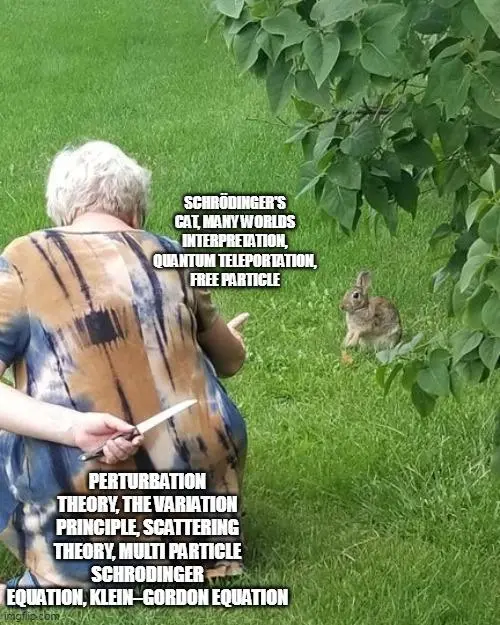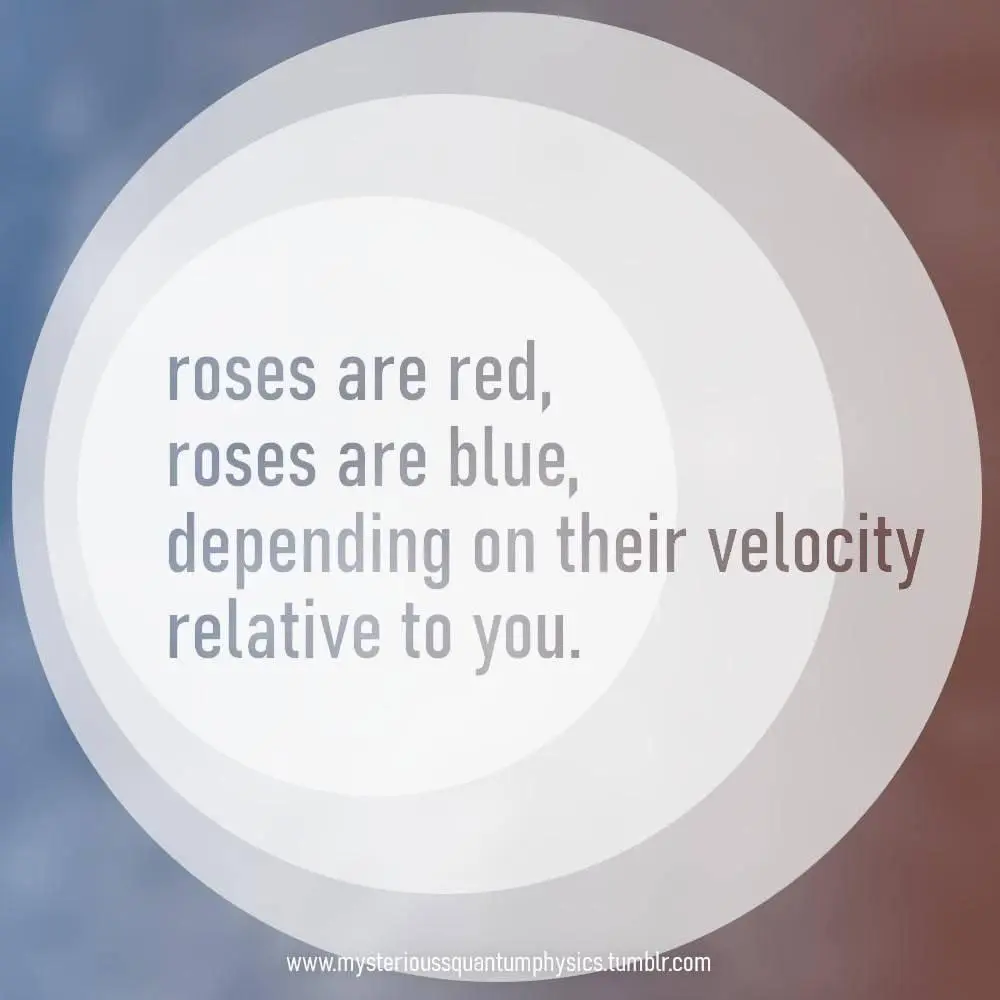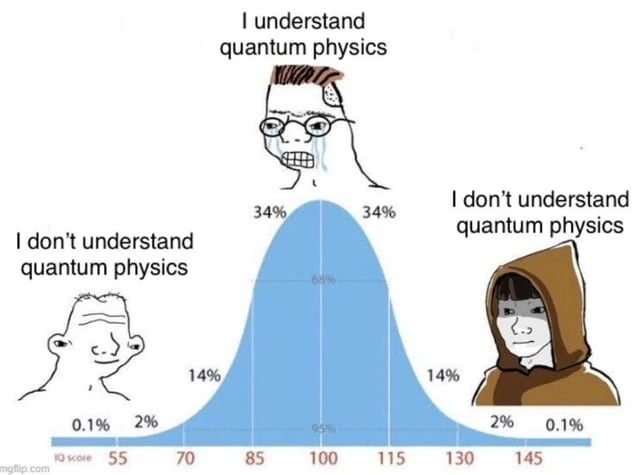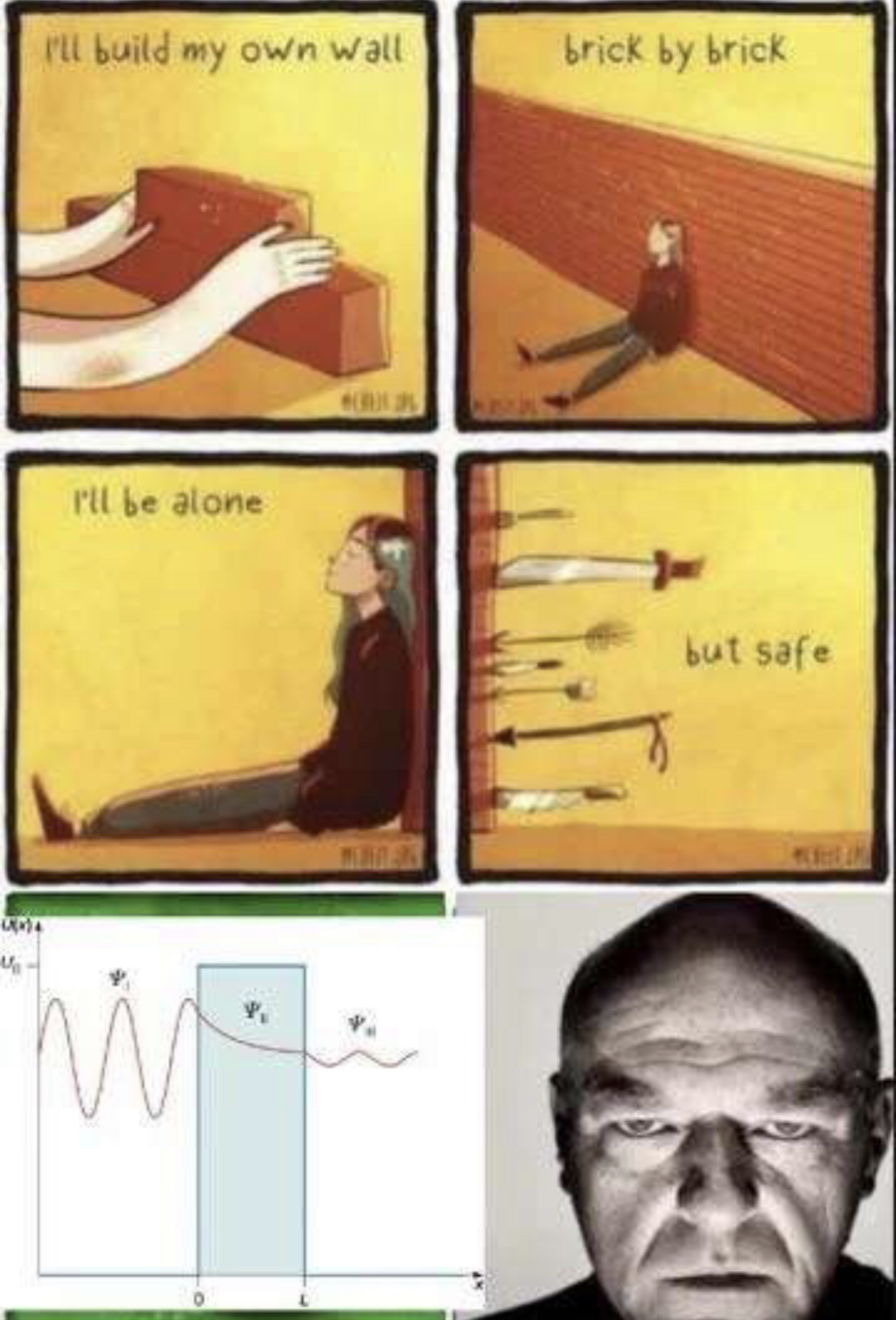Since when do they have those rules? A year ago I unlocked my Xiaomi phone. Outside China. Did not have a Chinese phone number. It took less than an hour.
even light can stop following null geodesics because the curvature can be too big compared to the wavelength
Very interesting! How do you study something like this? Is it classical E&M in a curved space time, or do you need to do QED in curved space time?
Also, are there phenomena where this effect is significant? I’m assuming something like lensing is already captured very well by treating light as point particles?
So if I have a spherically symmetric object in GR I can write the Schwarzschild metric that does not depend on the radial mass distribution. But once I add a second spherically symmetric object, the metric now depends on the mass distribution of both objects?
Your point about linearity is that if GR was linear, I could’ve instead add two Schwarzschild metrics together to get a new metric that depends only on each object’s position and total mass?
Anyway, assuming we are in a situation with only one source, will the shell theorem still work in GR? Say I put a infinitely light spherical shell close to a black hole. Would it follow the same trajectory as a point particle?
For the bowling ball, Newton’s shell theorem applies, right?
Earth is in this case not an inertial reference frame. If you want to apply Newton's second law you must go to an inertial reference frame. The 9.81m/s/s is relative to that frame, not to earth.
That is one very impressive feather.
Restricting ourselves to feathers made by non-human animals
🤔🤔🤔
Newton's second law works in inertial frames. The acceleration of both objects would be the same in the inertial frame. But in the inertial frame, the earth would accelerate faster toward the object if the object was a bowling ball than if it was a feather.
You said the two objects accelerate at the same rate, but then in the PS you said the feather gets accelerated faster. What do you mean?
Are you saying the feather gets pulled on more because the mass of earth minus feather is greater than the mass of earth minus ball? You would be right. If you lift the feather, measure how long it takes to fall, then lift the ball and measure, you should get the same number. This meme was assuming you either let them fall side by side, or measure them separately but each time conjure the object out of thin air.
Re your first point: I was imagining doing the two experiments separately. But even if you do them at the same time, as long as you don’t put the two objects right on top of each other, the earth’s acceleration would still be slanted toward the ball, making the ball hit the ground very very slightly sooner.
Re your second point: The object would be accelerating in the direction of earth. The 9.81m/s/s is with respect to an inertial reference frame (say the center of mass frame). The earth is also accelerating in the direction of the object at some acceleration with respect to the inertial reference frame.
Nope. The argument only works if you conjured the bowling ball and feather out of thin air vacuum. https://lemmy.world/comment/13237315 discusses what happens when the objects were lifted off earth.
I didn’t think about that! If the object was taken from earth then indeed the total acceleration between it and earth would be G M_total / r^2, regardless of the mass of the object.
@[email protected] and @[email protected] are correct
I meant cross-section area, not surface area. Sorry. Edited my comment above.
If your bowling ball is twice as massive, the force between it and earth will be twice as strong. But the ball’s mass will also be twice as large, so the ball’s acceleration will remain the same. This is why g=9.81m/s^2 is the same for every object on earth.
But the earth’s acceleration would not remain the same. The force doubles, but the mass of earth remains constant, so the acceleration of earth doubles.
Here’s a problem for y’all: how heavy does an object have to be to fall 10% faster than g? Just give an approximate answer.
Even in a perfect vacuum the bowling ball still falls faster. See my comment sibling to yours.
Yes, the earth accelerates toward the ball faster than it does toward the feather.
A feather has smaller cross-section area than a bowling ball. But drag acceleration is proportional to the cross-section area divided by the mass (and this quantity is indeed smaller for the bowling ball).
Anyway the hypothetical scenario in this meme is a perfect vacuum. Check my other comments to see why it still works.
When the earth pulls on an object with some F newtons of force, the object is also pulling on the earth with the same force. It’s just that the earth is so massive that its acceleration F/m will be tiny. Tiny is not zero though, so the earth is still accelerating toward the object. The heavier the object, the faster earth accelerates toward it.
Both the bowling ball and the feather accelerates toward earth at the same g=9.81m/s^2, but the earth accelerates toward the bowling ball faster than it does toward the feather.
ur dada so buff he falls significantly faster than g
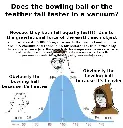
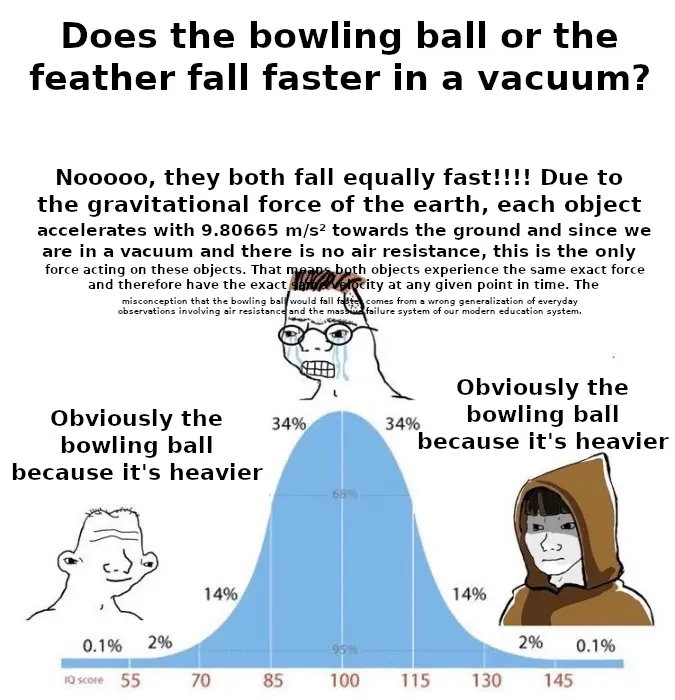
Tap for spoiler
The bowling ball isn’t falling to the earth faster. The higher perceived acceleration is due to the earth falling toward the bowling ball.
While it is true that space time dilation can cause red/blueshift, that is a distinct from the doppler effect which is the primary effect here.
(dilation plays only a small role: without time dilation our answer going from 700nm to 350nm would be 0.5c instead of the 0.6c calculated below)
the final boss after you clear Donald Knuth


cross-posted from: https://hexbear.net/post/3062545
> Important history

